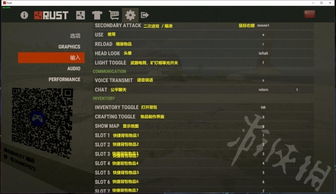来源:小编 更新:2024-12-07 02:47:21
用手机看

With the rapid globalization of the gaming industry, the importance of effective game English translation cannot be overstated. A well-translated game not only enhances the player's experience but also opens up new markets and opportunities for developers. This article delves into the intricacies of game English translation, highlighting key considerations and best practices.

Game translation is more than just converting words from one language to another. It involves adapting the game's content, including text, audio, and visual elements, to resonate with players from different cultural backgrounds. Effective translation can significantly impact player engagement, satisfaction, and the overall success of a game in international markets.

1. Cultural Sensitivity
Understanding and respecting cultural nuances is crucial in game translation. Certain phrases, symbols, or references might be offensive or confusing in different cultures. Translators must be aware of these differences and adapt the content accordingly.
2. Contextual Accuracy
Translators must consider the context in which words and phrases are used. A literal translation might not always convey the intended meaning, especially in dialogue or narrative. It's essential to maintain the original intent while ensuring the translation is clear and natural-sounding.
3. Consistency
Consistency in terminology and style is vital for a cohesive game experience. Translators should establish a glossary of terms and maintain a consistent voice throughout the game to avoid confusion and maintain player immersion.

1. Technical Terminology
Game development involves a unique set of technical terms that might not have direct equivalents in other languages. Translators must research and find appropriate translations that are both accurate and easily understandable to players.
2. Visual Elements
Visual elements, such as icons and symbols, often convey information without words. Translators must ensure that these elements are appropriately translated or localized to match the text.
3. Audio and Subtitles
Translating audio and subtitles requires careful timing and synchronization. Translators must work closely with audio engineers to ensure that the translated text fits within the allocated time and maintains the intended emotional impact.

1. Collaborative Efforts
Effective game translation often requires collaboration between translators, developers, and cultural consultants. This ensures that the translation aligns with the game's vision and cultural nuances.
2. Quality Assurance
Thorough quality assurance processes are essential to identify and correct errors in translation. This includes testing the translated game on various platforms and devices to ensure compatibility and performance.
3. Continuous Improvement
Game translation is an ongoing process. Developers should be open to feedback from players and continuously refine the translation to improve the overall experience.

Game English translation is a complex and multifaceted process that requires attention to detail, cultural sensitivity, and technical expertise. By following best practices and considering the unique challenges of game translation, developers can create engaging and accessible experiences for players worldwide.

game translation, localization, cultural sensitivity, technical terminology, quality assurance, game development